
You might have noticed that rough, patterned fabric your bottom graces if you’re lucky enough to nab the last seat on the London Underground. But did you know that this fabric is called ‘moquette’, and that it has an entire history of its own?
‘Moquette’ comes from the French word for carpet, and is a tough woollen fabric produced by a weaving technique known as ‘jacquard’. It’s made of 85% wool and 15% nylon and has great thermal properties- making it cool in summer and warm in winter. It’s also perfect for keeping bums on seats when riding trains that follow a wiggly medieval street pattern.
The first moquette was adopted in the 1920s. Before that seats were wooden benches- useful when riding an open deck tram or bus when it often rained.
1920s ‘The Lozenge’

The earliest moquette was made in 1923 by Firth Furnishings. Following the art deco styles of the day it was dominated by brown to disguise the dirt of passengers that included chimney sweeps.
1930s ‘The Colindale’

This iconic leaf moquette was created by Californian textile designer Marion Dorn and led the way for more unique patterns.
1940s ‘The Enid’
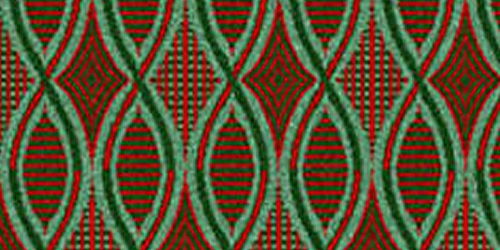
Designed by Enid Marx in 1946, green and red was used on tube trains to symbolise the ‘green’ of the expanding surburbs and ‘red’ of the town.
1950s ‘The Industrial’

Designed by Douglas Scott for the Routemaster buses, the golden stripe was extra hardy to help keep passengers sliding from their seats.
1960s ‘The Victoria Line’
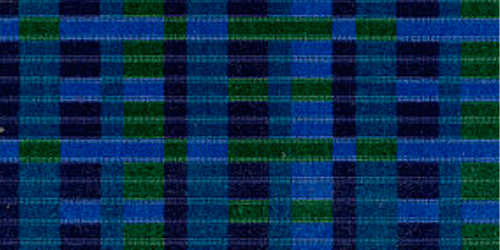
Designed especially for the brand new Victoria Line this blue and green moquette was also used on buses.
1970s ‘The Art Deco’
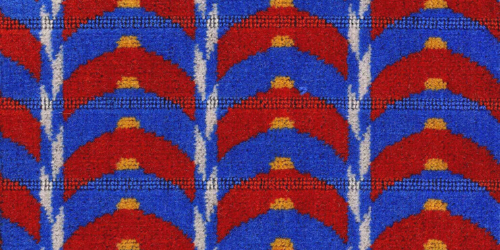
Experimenting with style during the 1970s, this 1972 design was used on the refurbished Bakerloo Line.
1980s ‘The Misha’
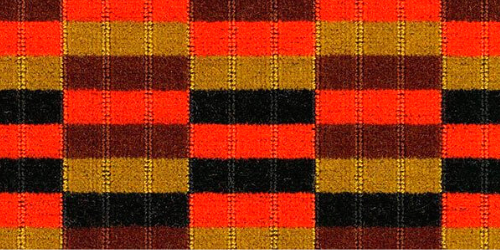
Originally designed for the District Line by Sir Misha Black (renowned architect and industrial designer 1910- 1977) this instantly recognisable moquette dominated 70s and 80s London transport.
1990s ‘The Central Line’
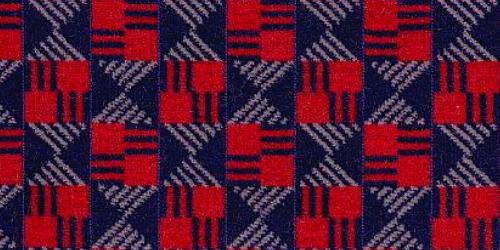
During the 90s Transport for London (TfL) experimented more with giving each tube line its own identity. This 1992 moquette was designed for the Central line.
2000s ‘The Barman’
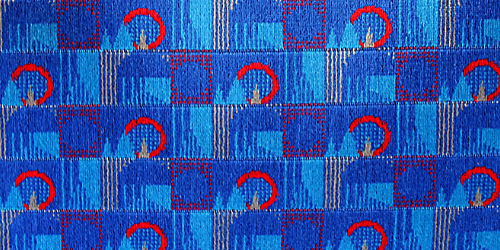
Introduced in 2010, there are 4 hidden London landmarks in this moquette: the London Eye, St Pauls, Tower Bridge and Big Ben.
What’s next for moquette? You can explore over 400 samples of moquette patterns on the TfL website. You can also download our visual history of moquette:

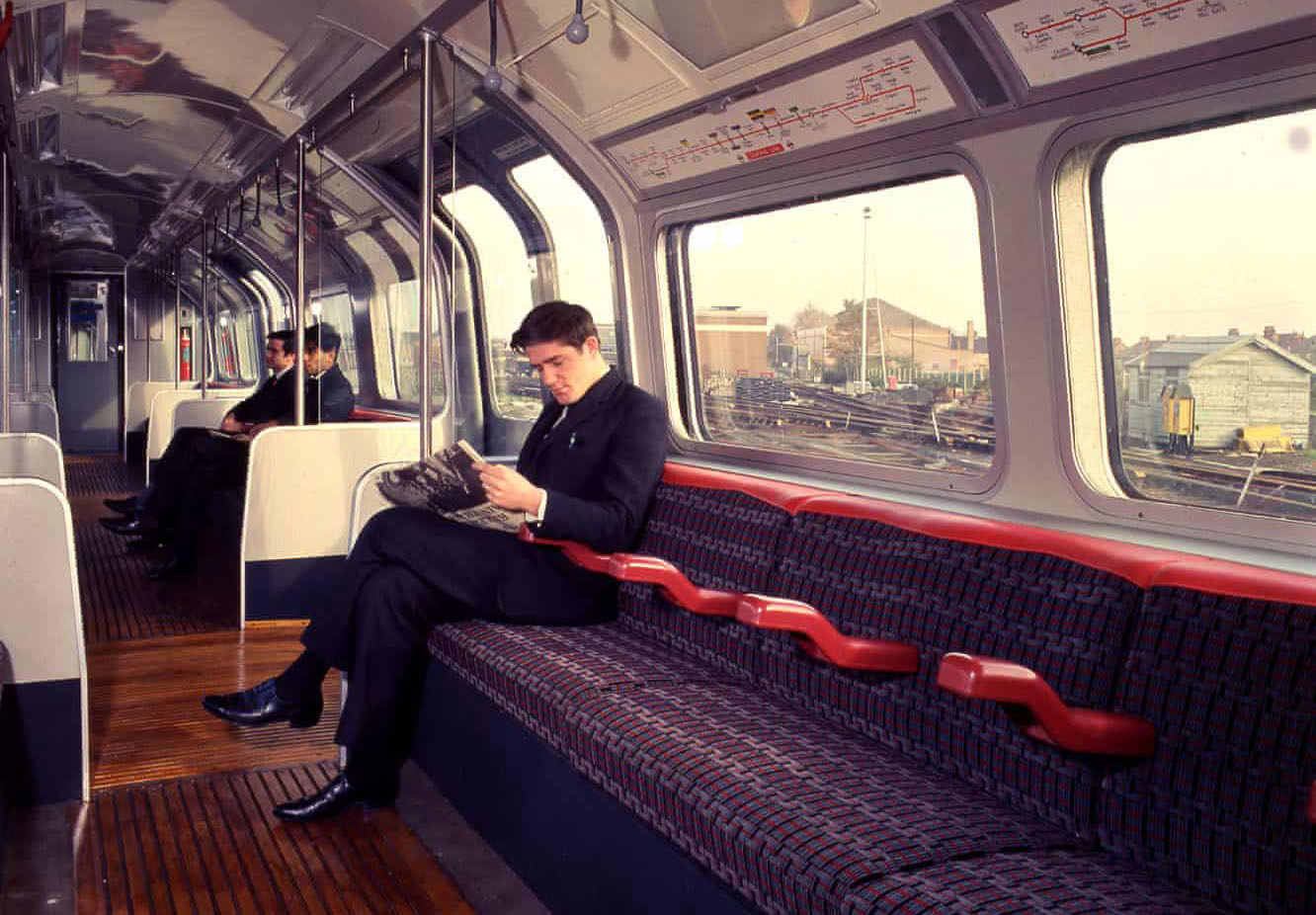
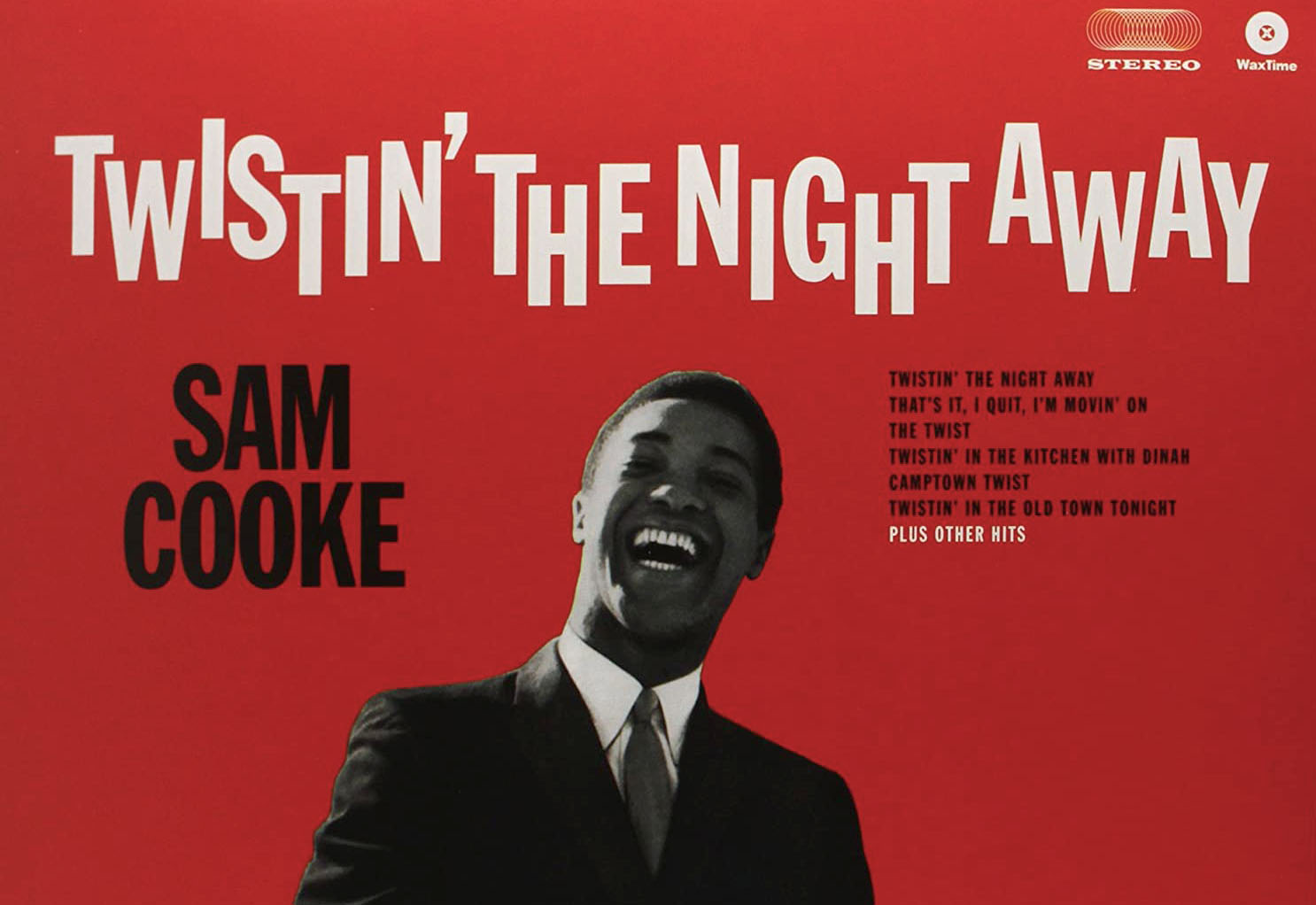
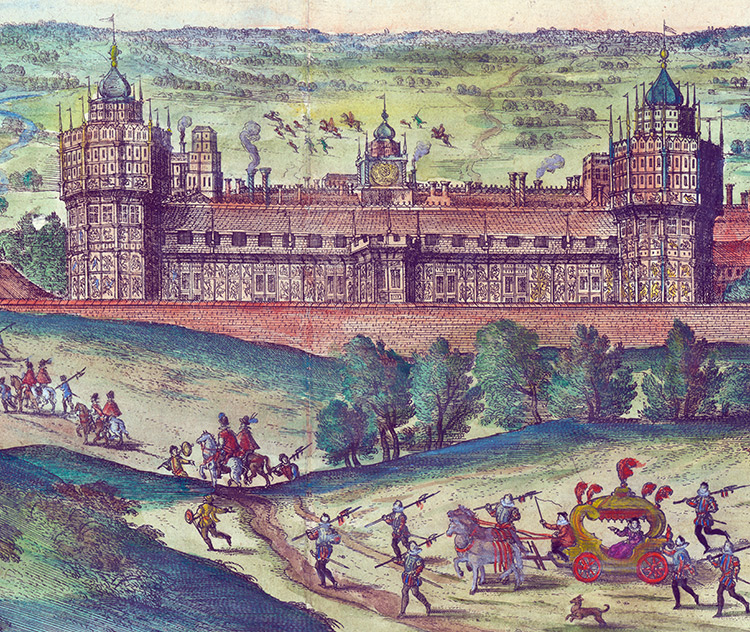
Leave a Reply